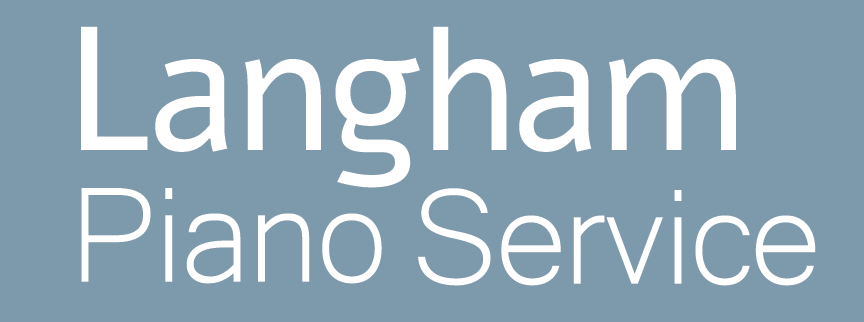Jonathan Langham
Registered Piano Technician
Piano Technicians Guild

I am able to stay current with the newest techniques in the piano service trade by attending seminars provided by the Piano Technicians Guild.
Langham Piano Service
352 S 180 E , Princeton, IN 47670
304-670-7904 jonathan.langham123@gmail.com
Piano Tuner Evansville & North Gibson County
I have served the community for two years, with over 30 years in my previous location. My goal is to provide the highest level of services to each and every client.
Services offered include:
• Precise tuning for home, studio, or concert hall
• Repairs and regular maintenance
• Action regulation from minor to complete
• Voicing to improve quality of tone
• Evaluations for piano purchases or selling
“I’ll work with you to optimize your piano’s performance so as to meet your musical goals. My extensive piano tuning and repair experience assures consistent top-notch service. I am fully equipped to handle any tuning or repair job to your complete satisfaction. I can provide written estimates, so that my fee is never a surprise.“
Piano Services Areas – Piano Tuner Evansville, Princeton, Fort Branch, Haubstadt, Vanderburgh County, Gibson County, Knox County, Pike County, Dubois County
Schedule a Piano Tuning today!

